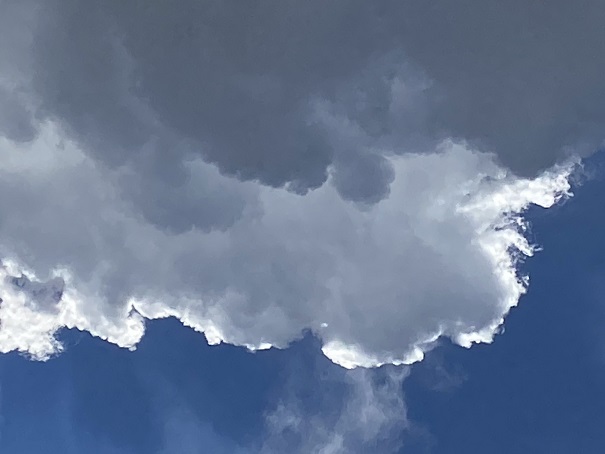Before a student can appropriately receive practices that will move them along the path of yoga, they must be willing and ready. This willingness and readiness is related to the adhikāra of the student. I first learned this word as “studentship,” as in the degree of aspiration one had, as well as the proclivities of the student. One could be tepid or lackadaisical, or somewhat motivated with moderate studentship, or a very intense and dedicated practitioner (for example, see YS 1.22). One could be more open and receptive to different perspectives, or more rigid in their thinking.
In the yoga tradition, adhikāra relates to who is entitled, eligible, or qualified to receive a practice. For example, it was customary during earlier eras like Upaniṣadic times, that most practices were restricted to Brahmin men. Others were not entitled and seen as ineligible. A different and much less restrictive perspective is that adhikāra relates to the degree to which a student is prepared, ready, and interested in receiving practices and teachings. In part, this has to do with the capacity of one’s awareness and receptivity. Adhikāra relates to how a student should take the first and subsequent steps on the path of yoga, given their current degree of evolution of consciousness, which is related to the degree of śaktipāta they’ve received.
It is useful to think about this in other domains of practice and study. For example, the system of yoga in which I started had a well-established sequence of yoga āsanas, and one did not progress to a more advanced level until they displayed competence in the previous level, and were, therefore, ready to move forward. This is true in many domains of study, like mathematics, wherein one must first become proficient in fundamental concepts before receiving more advanced concepts. In both cases there is a sequence that is useful to follow.
Likewise, in the domain of consciousness particular practices are more or less appropriate for particular individuals, depending on the progress of the practitioner along the path of yoga. Many may sincerely wish for more advanced practices, though they are not prepared and may not have the capacity to receive the benefits, given their current state of awareness. Some say that advanced practices given to someone who is not ready for them can be harmful. More likely the practices just won’t be effective, which can be discouraging to a student. Often it requires a previous practice of meditation to properly “prime” the practitioner for other ancillary practices to be most effective.
Adhikāra has a lot to do with the aspiration of the student. The student must first want to step into the journey of yoga and be receptive to seeking out a teacher. For example, throughout the Bhagavad Gītā, Arjuna seeks guidance from Kṛṣṇa by asking progressively more astute questions, signaling his readiness and capacity to receive more. Adhikāra is reflected in students’ prior cultivation of their practice and study, so that the ground of their awareness is properly prepared for the seeds of further practices and teachings to flourish.
REFLECT AND EXPLORE
Write down your definition of adhikāra.
How have you seen your adhikāra play out on your path of yoga?
Have you ever had a teacher dissuade you in some way from moving into a more advanced practice? What do you think about that?
Consider these attributes of adhikāra: receptivity, fluidity, curiosity, groundedness, regularity, dedication, stamina, commitment, aspiration, degree of knowledge or awareness. What other attributes of adhikāra do you think are important?
Specifically consider your own adhikāra regarding any of the above listed (or other) attributes:
– which best describes you?
– which you tend toward?
– which you feel you need to cultivate more?






